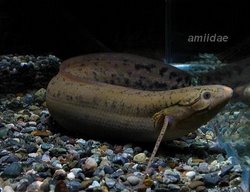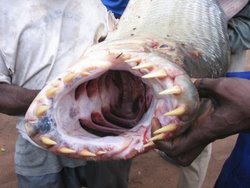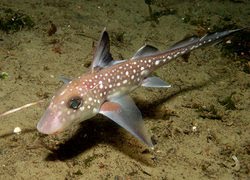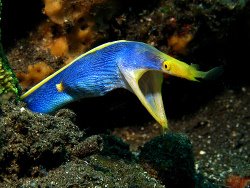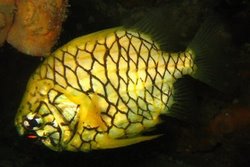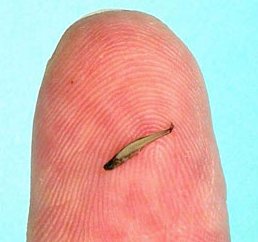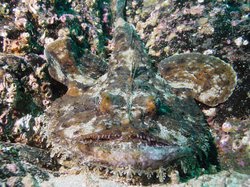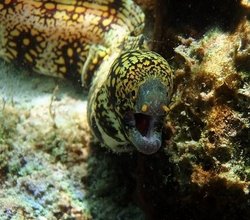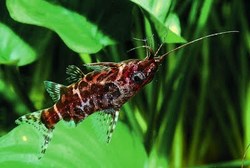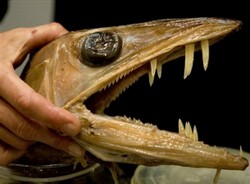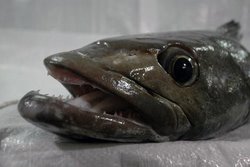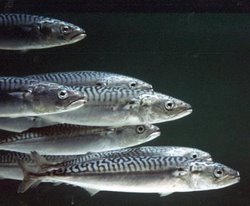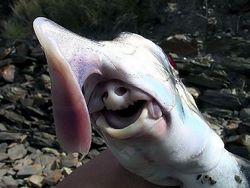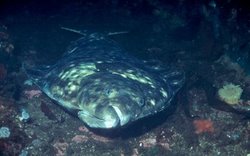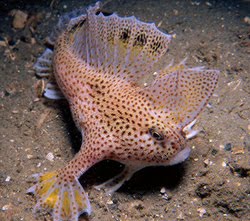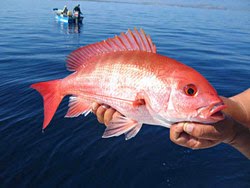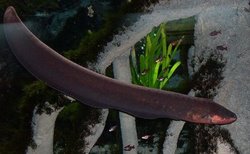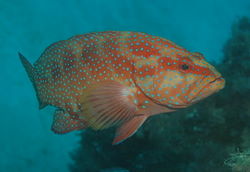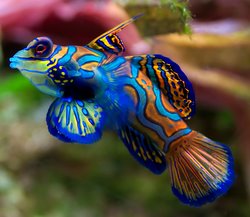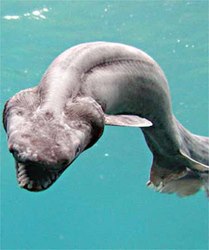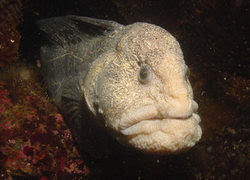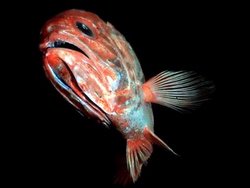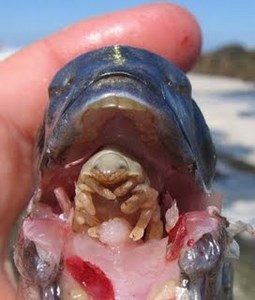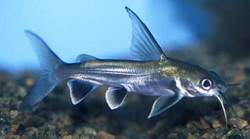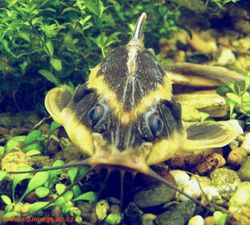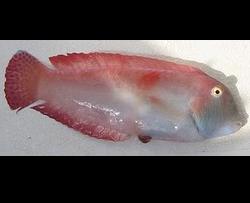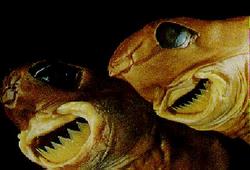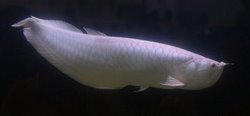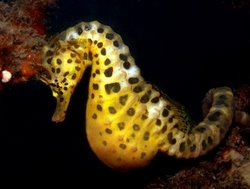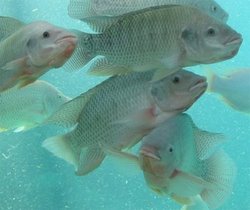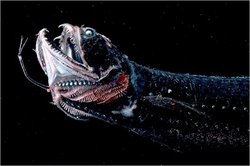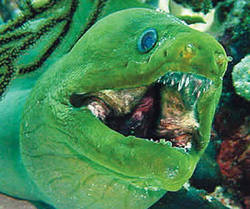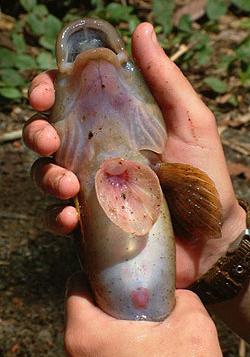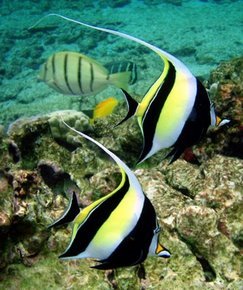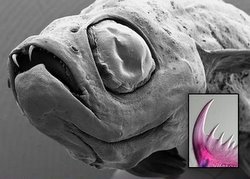 The Dragon Sea Moth or Eurypegasus draconis is one of the strangest fish in the world! Also known as the Little Dragon fish and the Pegasus Sea Moth, this creature actually has the ability to change colors based on its surroundings, much like the chameleon. If this wasn't weird enough, they also shed their skin like a snake in a single piece! They also have two wing like fins that extend out on either side of their bodies making them look like a true freak of nature.
The Dragon Sea Moth or Eurypegasus draconis is one of the strangest fish in the world! Also known as the Little Dragon fish and the Pegasus Sea Moth, this creature actually has the ability to change colors based on its surroundings, much like the chameleon. If this wasn't weird enough, they also shed their skin like a snake in a single piece! They also have two wing like fins that extend out on either side of their bodies making them look like a true freak of nature. As you can imagine, all of these strange characteristics make the Dragon Sea Moth a favorite among people with aquariums. Dragon Sea Moths are not very large, only growing to about 6 in (15 cm) so an aquarium of 50 gallons or so should do the trick. Unfortunately, these saltwater fish are not the easiest to take care of, they require the following water conditions, 72-78° F, dKH 8-12, pH 8.1-8.4 and sg 1.020-1.025. You can check out the Dragon Sea Moth with your own eyes at the very end of this video...
As you can imagine, all of these strange characteristics make the Dragon Sea Moth a favorite among people with aquariums. Dragon Sea Moths are not very large, only growing to about 6 in (15 cm) so an aquarium of 50 gallons or so should do the trick. Unfortunately, these saltwater fish are not the easiest to take care of, they require the following water conditions, 72-78° F, dKH 8-12, pH 8.1-8.4 and sg 1.020-1.025. You can check out the Dragon Sea Moth with your own eyes at the very end of this video...Dragon Sea Moths will only feed on what is on the bottom substrate and will eat amphipods, copepods, isopods, live brine and mysis shrimp, polychaetes, nematodes, and trematodes. If you are thinking of adding one to your aquarium take into account their strange and slow eating habits, ideal roommates are Pipefish, Seahorses, Gobies and Dragonets.







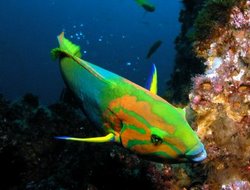

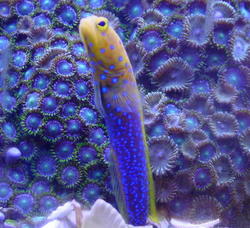



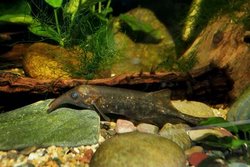

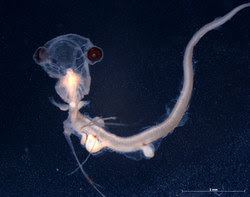
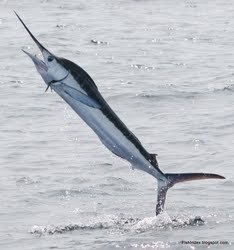







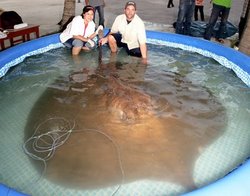
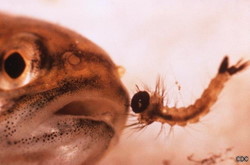







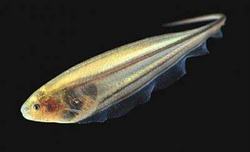
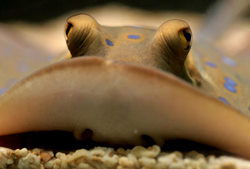





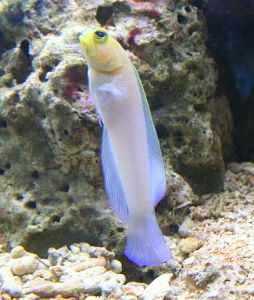





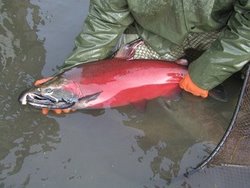

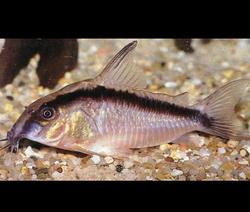
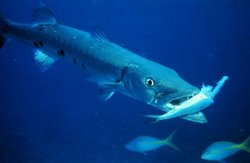



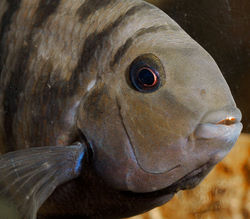


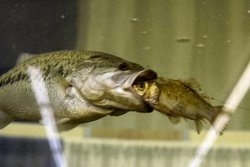



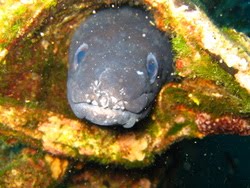


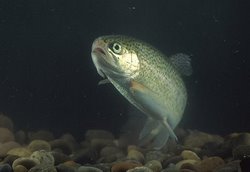
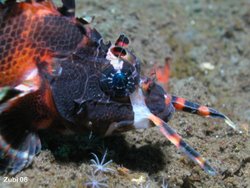
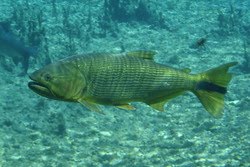

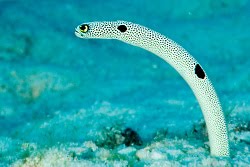
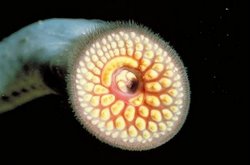



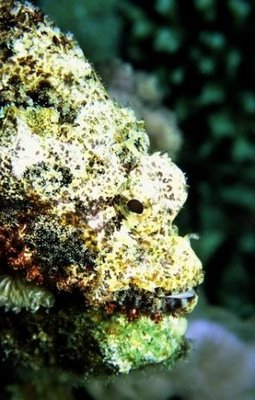
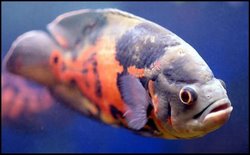

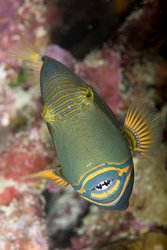

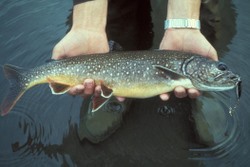

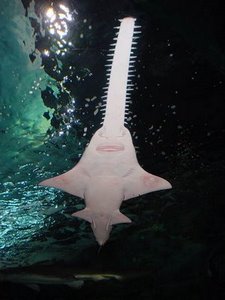





























 Contrary to their common name the Climbing Perch is not a
Contrary to their common name the Climbing Perch is not a 





















